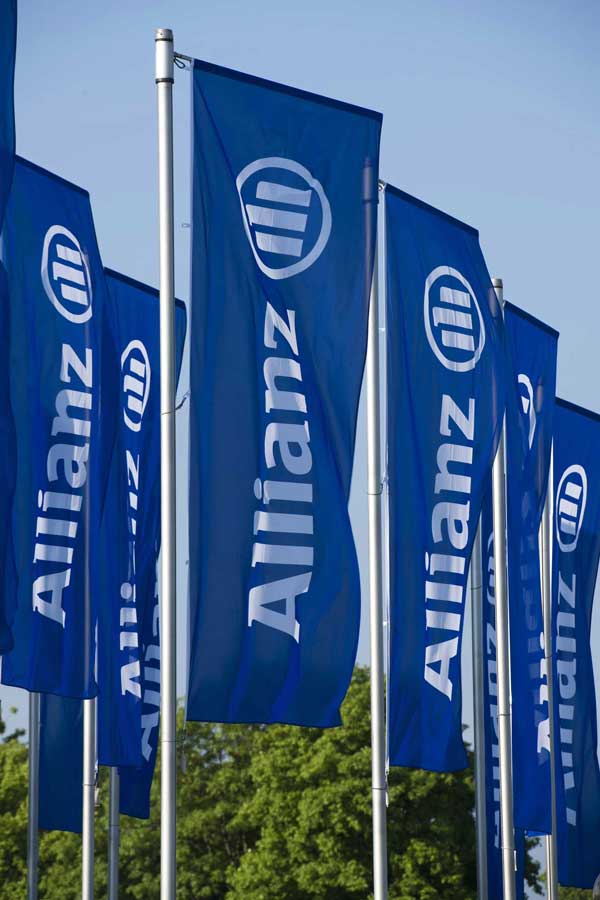The Committee of Sponsoring Organizations (COSO) provides a widely recognized framework that outlines five key components for effective ERM:
1. Governance & Culture: This sets the foundation. It involves board oversight, establishing operating structures, defining the desired risk culture (values, behaviours), and ensuring capable human capital. It answers: Who is responsible, and what is our attitude towards risk?
2. Strategy & Objective-Setting: ERM must be integrated with strategic planning. This involves defining the organization's risk appetite and aligning it with strategic choices and business objectives. It answers: How much risk are we willing to take to achieve our goals?
3. Performance: This is where risks are actively managed. It includes:
- Identifying Risks: Recognizing internal and external events that could impact objectives (e.g., customer defaults, supply chain failures, regulatory changes).
- Assessing Risks: Evaluating their likelihood and potential impact.
- Prioritizing Risks: Focusing on the most significant threats and opportunities.
- Responding to Risks: Selecting and implementing responses (see "How to Implement" below).
4. Review & Revision: ERM is not static. It requires ongoing review of risk performance, assessing how well components are functioning, and revising strategies as conditions change.
5. Information, Communication & Reporting: Effective ERM relies on capturing and sharing quality information (both internal and external) across the organization. This includes leveraging technology and reporting key risk insights to stakeholders. This is where insights from partners like Allianz Trade become invaluable.















